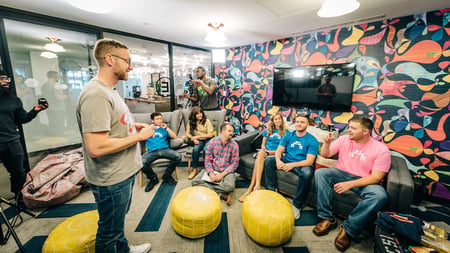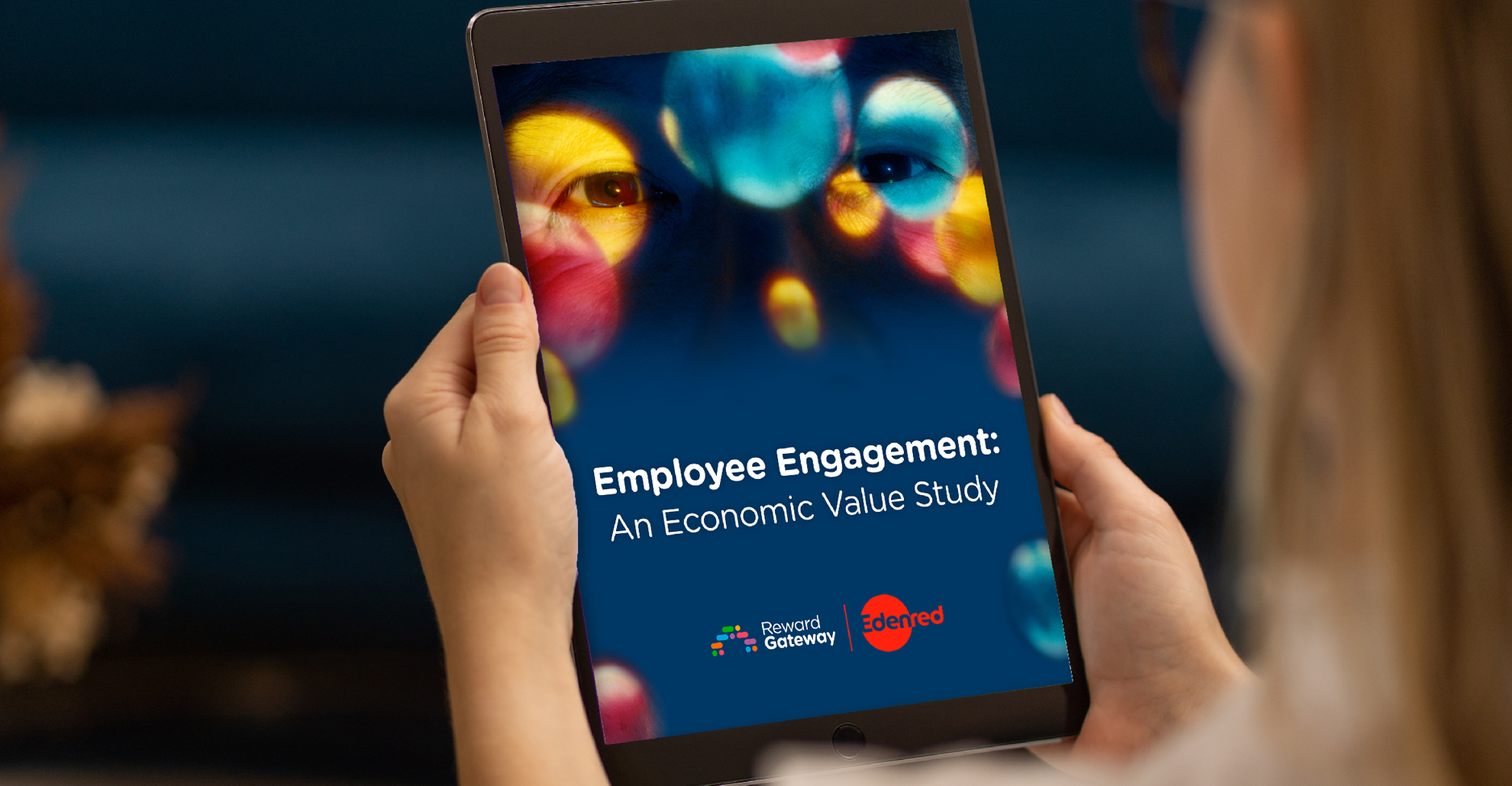6 min read

Whether you’re a die-hard romantic or err on the side of cynicism when it comes to love, you probably know that February 14 is St Valentine’s Day — it’s a bit hard to ignore the walls of red greeting cards or the spike in the price of fresh flowers and boxed chocolates.
Maybe you’ve always enjoyed this global celebration of love and do something for your special someone every year? Or maybe you prefer being unpredictable and surprising them when they least expect it? Or maybe — like millions of couples who’ve been together for years — the grand gestures of romance that were once done to impress take a little less priority now? It’s perfectly normal. But if we get too comfortable, sometimes we get... complacent.
When we get complacent it doesn’t take much for things to start falling apart. The same can be said for the employer/employee relationship.
How many times do employers pull out all the stops to woo awesome candidates during the recruitment process, but forget about them once they’ve signed the contract or passed probation? Or perhaps you’ve experienced the launch of a big HR initiative that’s gotten everyone excited, but have seen that enthusiasm die as employees fall back into the rhythm of everyday work life.
Would it surprise us to find our partners questioning our commitment if we only ever showed them we cared on one day of the year? If our acts of love are few and far between, it’s natural to disengage and seek attention elsewhere. So how do you keep the engagement flame alive with your employees and avoid them walking out the door?
1. Be intentional about where the relationship is going
If your employees don’t know your company’s mission and purpose, it’s going to be hard to inspire them or the customers they serve. Clearly articulating and connecting your people to mission and purpose gives employees something bigger and more meaningful to work toward, and keeps them inspired and aligned.
2. Choose someone who has the same values
If mission and purpose explain where you’re going, then values determine how you get there. Do your company values properly reflect what’s important and what sets you apart from others? Do your people know what those values are? To be meaningful, you need to recruit against your values and recognise and reward your people based on how they demonstrate them.
3. Communicate, communicate … and communicate
Remove barriers to communication. To keep the flame alive, you need to change your mindset and your processes, and invest in tools that enable and encourage open, two-way employee communications. That may mean changing how you run company meetings so people have an opportunity to ask questions, or blocking time out in the diary to publish internal blog posts that employees can comment on, or sharing employee survey results as soon as possible instead of waiting months before providing an update.
Download our eBook for more examples of how to nail employee communications »
4. Make transparency the default
Open and honest communication is the foundation to building trust - every time you share information, you show your people you trust them and they, in turn, can trust you to be honest. On the flip side, every time you withhold information or, worse, lie about why something is happening in your company, you erode that trust. As Reward Gateway’s Co-founder, Helen Craik says, “be as open with your people as you can, as early as you can. Employees are much more likely to go to bat for something they understand.”

5. Shut up and listen
Are you taking time to ask your people how they are? If you’re doing all the talking and pushing a lot of information out, it might be time to seek feedback and let information in. You can seek candid feedback during one-to-one meetings with your team members, or set up an employee survey that asks them about their employee experience. Whatever you do, be prepared to talk about the feedback directly. You don’t have to know all the solutions to the issues your employees are experiencing, but that shouldn’t stop you from giving them the opportunity to tell you.
6. Be their greatest cheerleader
Everyone loves feeling appreciated, and your employees are no different. Two out of three employees quit if they don’t feel appreciated at work, so if you’re being stingy with praise, now is the time to start leveraging the power of thank you. Don’t wait until the end of the year to recognise people either; create ways that allow managers to recognise their employees and for employees to recognise each other everyday. That could be as simple as having a stack of cards at the front desk that people can write notes on, or investing in a rewards and recognition program that allows employees to send Thank you ecards that get shared on a social recognition wall.

7. Don’t expect to be each other’s everything
Just as we need to spend time away from our partners on our own or with friends or family, we need other interests and commitments outside our jobs to keep us mentally and emotionally stimulated. Don’t expect your employees to commit all their time and energy to their job - it will lead to stress and burnout.
8. Support each other’s goals – even if they don’t always include you
Some employers are afraid of investing in professional development for fear of losing great talent. But failing to encourage learning and growth in your people does them and your business a disservice. Mastery is one of our key drivers for motivation, and learning new skills addresses our innate need to explore and experiment, which improves our ability to problem-solve and innovate. Instead of asking, “What happens if we invest in developing our people and then they leave us?” Ask yourself, “What happens if we don't, and they stay?”
9. Don’t underestimate the little acts of kindness
What’s the employer/employee equivalent to a delivering a cup of coffee in bed, or packing the dishwasher without being asked? Simple, genuine acts of thoughtfulness from a team leader or colleague can make all the difference. A surprise desk-drop of your team member’s favourite afternoon snack or go-to beverage can go a long way to showing them you care and appreciate their effort.
10. Accept that every relationship has seasons
Life isn’t always going to be exciting and exhilarating - we experience peaks and troughs in both our work and personal lives. Build resilience in your employees by being honest and open about the challenges as you experience them, and supporting and affirming them as they work past the hurdles towards the big goal (purpose and mission).

And last, but certainly not least … Keep working at it
Employee engagement is not a destination, it’s a journey. Every company and every team is at their own unique place, and has different priorities and goals, so don’t go comparing your relationship to someone else’s. Just keep going one step at at a time, check in with each other and celebrate the wins as you move forward.
Just like any long-term relationship, the people we hire need continual attention in order to stay engaged. Just like any long-term relationship, this one is a two-way street — we want our employees to show they care and are committed to their work and they need us to show we care and are committed to their professional success. And just like any long-term relationship, the small daily acts add up and can do much more to build confidence than grand gestures. Making employee engagement part of how you work everyday is how you keep the flame burning.

 Joy Adan
Joy Adan



